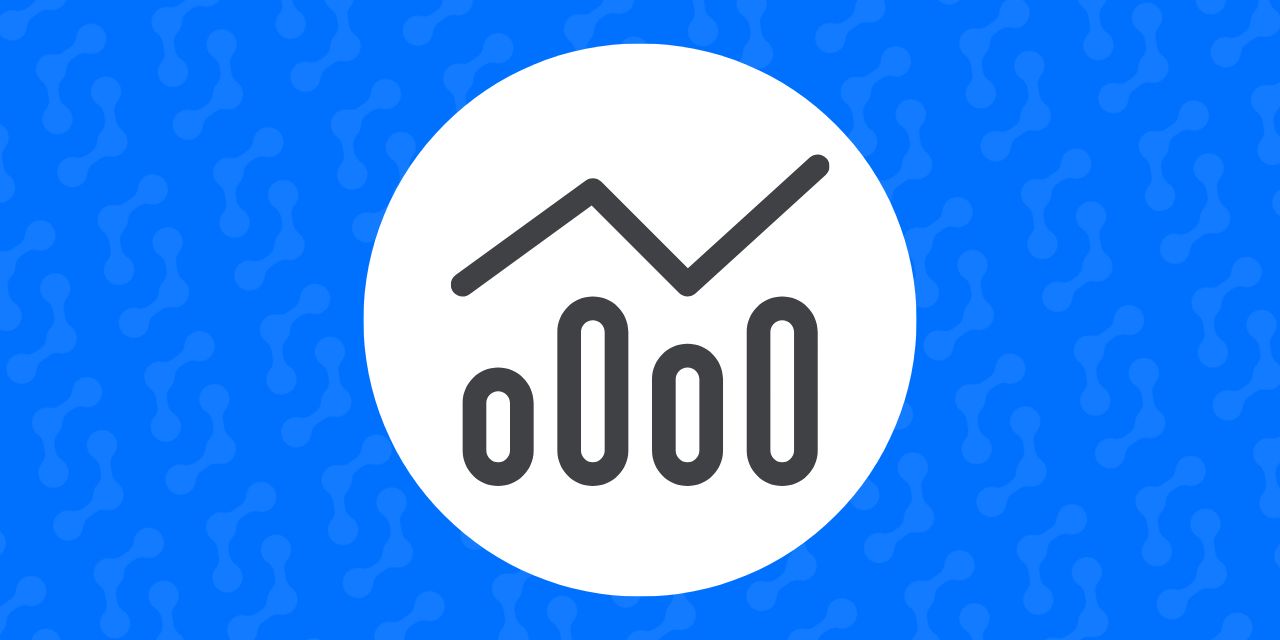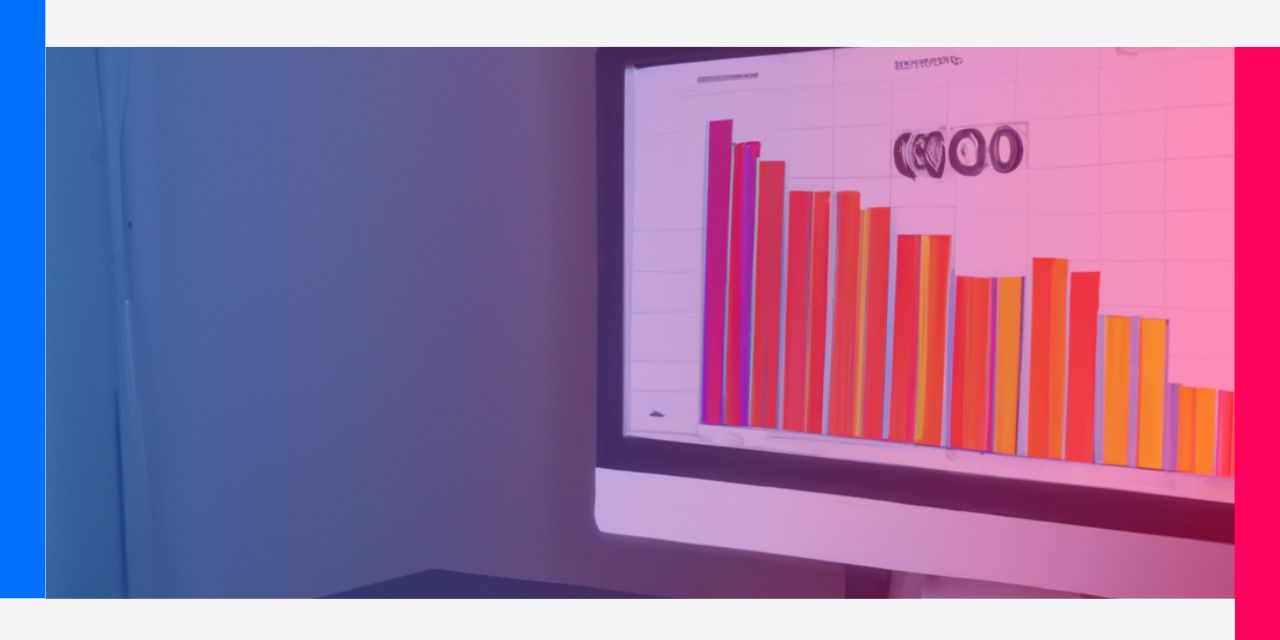
How artificial intelligence can help forecast demand fluctuation
08/20/2024 - Artificial Intelligence
Demand forecasting is vital for business planning. Businesses need to know precisely which products customers need, and in what quantities, to optimize operations and reduce costs
More and more companies are using artificial intelligence to forecast demand. Businesses that have already integrated AI-based demand forecasting into their processes, evidence its ability to optimize stock management and production planning. It also increases competitiveness by allowing more agile responses to constant market changes.
That’s why we wanted to explore how AI-based demand forecasting outperforms traditional methods and provides significant advantages in the retail sector, supported by advanced tools such as Reactev’s Demand Forecasting software.
AI Demand Forecasting vs Traditional Demand Forecasting Methods
The introduction of artificial intelligence in demand forecasting has created a watershed moment in how companies plan their inventory and sales strategies. AI demand forecasting differs from that carried out using more traditional techniques in several ways.
Unlike statistical model-based methods that do not capture all the variables influencing fluctuations and elasticity of demand, AI can process and analyze large volumes of data, including buying patterns, internal business variables, and external indicators. It can identify complex patterns and correlations that are invisible to human analysis or to more simplified approaches, offering more accurate and relevant forecasts.
Increased accuracy and fewer errors
Implementing AI models in demand forecasting improves the accuracy of forecasts, making it possible to reduce margins of error exponentially.
Using machine learning and advanced algorithms, AI continuously adjusts its models in response to new data, fine-tuning projections to better reflect changing market conditions. This level of adaptability and accuracy is hugely beneficial when planning over a longer time frame. It helps companies avoid overstocking and optimizes the supply chain.

Advantages of using AI to predict fluctuations in demand
Integrating AI into demand forecasting provides companies with a significant competitive advantage on several fronts:
- Rapid response to market trends: AI allows companies to anticipate market changes and adjust their pricing strategies proactively and in real-time.
- Stock optimization: With more accurate predictions, retailers can manage their inventory more efficiently, reducing the likelihood of excess stock or running out of stock.
- Improved customer satisfaction: By ensuring that products with the highest turnover are available whenever customers need them, retailers enhance the customer experience and boost loyalty.
- Increased profitability: You can adjust the prices of products with inelastic demand to improve the profit margin or lower those with more elastic demand to boost sales.
That is why one could say that adopting demand forecasting with artificial intelligence has created a watershed moment in how retail companies understand and respond to market needs.
These two factors are key to optimizing resources for any project. Technology has dramatically simplified demand forecasting with tools like Reactev’s Demand Forecasting Software. These tools are designed to improve operational and financial efficiency and, in so doing, strengthen the retailer’s positioning in highly competitive markets.
Category: Artificial Intelligence
